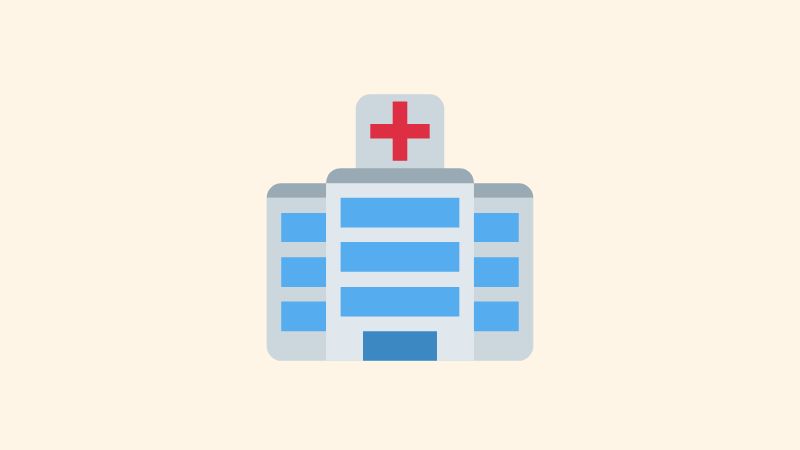Diagnosis
How coeliac disease is diagnosed - tests, results, and next steps



Fast Facts:
⚡ Coeliac disease is underdiagnosed - if you have symptoms or a family history, get tested
⚡ You must continue eating gluten before testing to ensure accurate results
⚡ A blood test is the first step, but a biopsy is usually needed to confirm diagnosis
⚡ A confirmed diagnosis helps with long-term care, monitoring, and access to support
🤷 Who Should Be Tested for Coeliac Disease?
Routine testing for coeliac disease isn't currently offered in England. Testing is typically only recommended for people who:
- Have symptoms of coeliac disease
- Have a first-degree relative (parent, sibling, or child) with coeliac disease
- Are at a higher risk due to other autoimmune conditions
👉🏽 Read more about the symptoms of coeliac disease here.
Although diagnosis rates are improving, only 36% of people with coeliac disease are currently diagnosed. On average, it takes 13 years to receive a diagnosis, and 1 in 4 people are misdiagnosed with conditions like irritable bowel syndrome (IBS) prior to diagnosis.
🧑⚕️ Getting Tested
Testing for coeliac disease involves having a blood test, and in most cases, a biopsy of the small intestine is also needed to confirm the diagnosis.
It is absolutely essential to keep eating gluten before and during the testing process. Stopping gluten early can lead to false-negative results, making diagnosis difficult.
- Continue eating gluten (e.g. bread, pasta) at least once a day for 6 weeks before testing
- Don't start a gluten free diet until diagnosis is confirmed - even if your blood test is positive
If you feel better without gluten, it may be tempting to stop eating it, but a proper diagnosis is important for long-term monitoring and support.
🩸 Step 1: Blood Test
Your GP will arrange a blood test to check for antibodies linked to coeliac disease. These tests looks for:
- Immunoglobulin A (IgA)
- Tissue Transglutaminase antibodies (tTG-IgA)
- Endomysial antibodies (EMA-IgA) (sometimes used)
If antibodies are present, you'll be referred to a gastroenterologist - a doctor who specialises in gut conditions.
❗ Important to know: A negative blood test does not always rule out coeliac disease. Some people (known as seronegative) may still have gut damage. If symptoms persist, referral for a biopsy may still be needed - though this is very rare and most cases of coeliac disease are successfully diagnosed through a blood test.
🔬 Step 2: Intestinal Biopsy
A biopsy of the small intestine is the gold standard for confirming coeliac disease. It is performed by a gastroenterologist in a hospital.
What happens during the biopsy?
- Your throat is numbed with a local anaesthetic, and you may be given a sedative to relax
- A thin, flexible tube with a camera (endoscope) is passed through your mouth to the small intestine
- Tiny tissue samples are collected
- These samples are examined under a microscope for signs of coeliac disease (like villi damage)
If the biopsy confirms coeliac disease, you'll be referred to a specialist and a dietitian to support and discuss your diagnosis.
📈 Diagnosing Coeliac Disease Without a Biopsy
In certain cases, especially in children, coeliac disease can be diagnosed without a biopsy.
This option is only considered if:
- tTG-IgA levels are more than 10 times upper limit of normal (ULN)
- A second blood test confirms positive endomysial antibodies (EMA-IgA)
- Total IgA levels are normal (to rule out IgA deficiency)
- No red flag symptoms (e.g. severe weight loss, persistent vomiting, anaemia)
- Patient is under 55 (older adults have higher risks of alternative conditions)
What do the guidelines say?
- Children - ESPGHAN guidelines allow a no-biopsy diagnosis if the above criteria are met
- Adults - Whilst recent studies (2024) show very high tTG-IgA levels can predict coeliac disease with 98% accuracy, a biopsy is still recommended for most adults
Bottom line: A no-biopsy diagnosis is possible - but not yet standard in adults. Always speak with your doctor to find the best approach for you.
🩻 Tests After Diagnosis
Once you're diagnosed, your healthcare team may carry out additional tests to check how coeliac disease has affected your body:
- 🩸 Blood tests - To check for vitamin and mineral deficiencies (e.g. iron, vitamin D, B12)
- 🧫 Skin biopsy - If you have dermatitis herpetiformis, a skin sample may be tested for IgA
- 🦴 DEXA scan - To assess bone density and risk of osteoporosis especially if nutrient absorption has been affected
🎯 Quick Recap
If you think you might have coeliac disease, get tested but do not stop eating gluten beforehand! A blood test is the first step, often followed by a biopsy to confirm diagnosis. In certain cases (especially in children), a diagnosis can be made without a biopsy if antibody levels are very high. A confirmed diagnosis is key for proper long-term care, access to support, and improving your quality of life. After diagnosis, further tests may be done to assess your bone health and nutritional status.